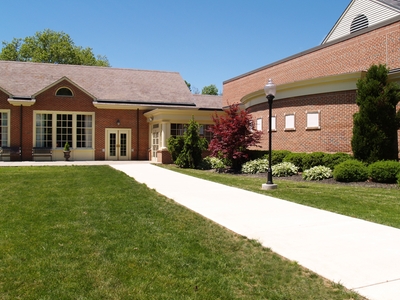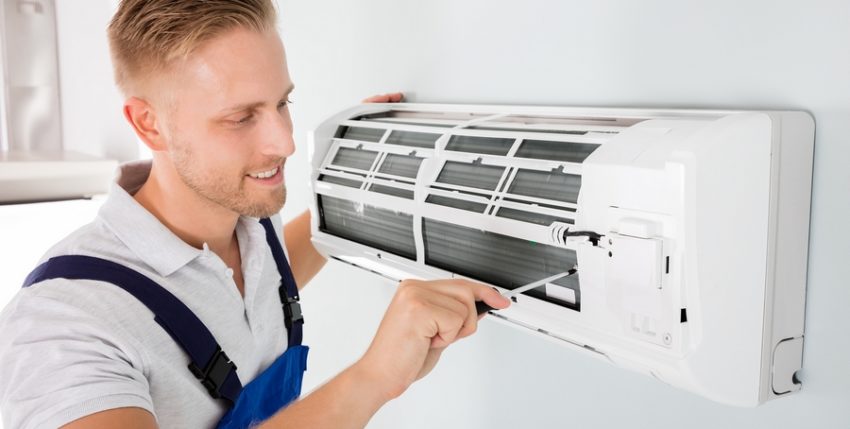5 Advantages of Stucco as a Home Building Material
Stucco, otherwise known as Portland cement-based plaster, is a versatile building material comprised of a thin shell of mixed sand, cement and lime. This mixture is then applied overtop of framed wall structures or concrete masonry.
There are Canadian homeowners who mistakenly believe that stucco is inappropriate for use in construction this far north. Somehow people have the idea that it isn’t a suitable home building material for use in predominantly cold climates. However, studying the architecture in Germany, we find that cement stucco is implemented successfully there despite issues with repeated freezing and thawing. For Canadians who are willing to buck the conventional wisdom, this is a building material offering numerous advantages.
1. A Luxurious, High-End Look
With 43% of the total market share, stucco is the top choice for exterior siding that’s used on residential architecture valued at more than $750,000 US dollars. Even if your home is valued at far less than this, a plaster style exterior can make it look more valuable.
2. Numerous Artistic Options Are Available
You can choose a wide variety of plaster textures and colours to customize your home’s appearance. Earthy colors and neutrals are the most popular options right now, but your choices are virtually unlimited.
Siding and walls aren’t your only options. You also have the option to create an interesting textured ceiling or customized cornice moulding details with this material.
3. Protection From the Elements
The possibility of fire damage is a concern to all homeowners. If you live in an area that’s prone to wildfires, concrete masonry offers you the advantage of superior fire ratings.
Portland cement-based plaster is also resistant to moisture damage, which makes it an ideal building material for use in construction projects in areas prone to hurricanes, humidity and frequent precipitation.
4. Low Maintenance
This material is easy to maintain, and the maintenance doesn’t require any special expertise. Plaster’s greatest downside is a tendency to crack, but the cracks can be repaired.
5. Best Long-Term Value on Siding Overall
While stucco seems expensive to install if you compare it against vinyl siding or fiber cement, it actually offers you the best possible long-term value on exterior siding. According to manual # STP1269, Exterior Insulation Finish Systems published by ASTM International, it is the siding material that has the lowest cost overall when rated over a lifespan of 30 years.
Quite a few homeowners with older homes can attest to the longevity of this building material. There’s a market for popcorn ceiling repair services, since it is sometimes preferable to repair a stucco ceiling rather than replace it.
As you can see, stucco offers home builders and buyers numerous advantages when used in residential construction. These advantages are well worth considering when you decide on the building materials you’ll use for constructing or renovating your home.


